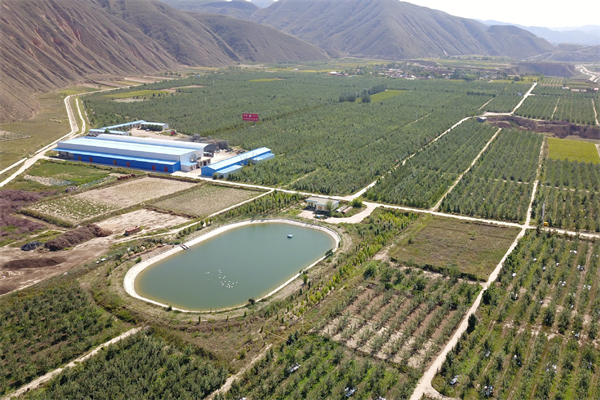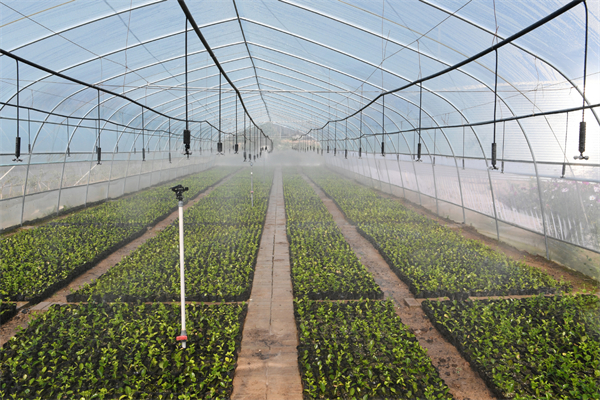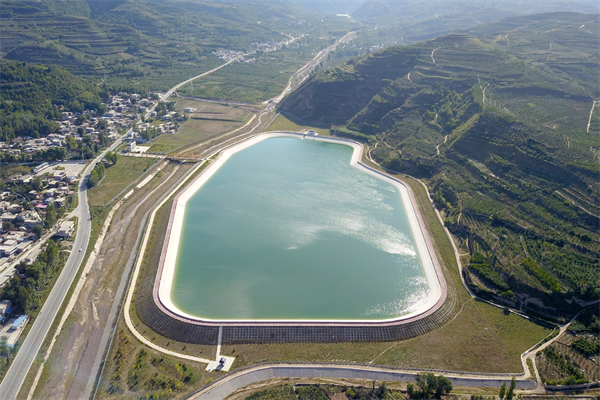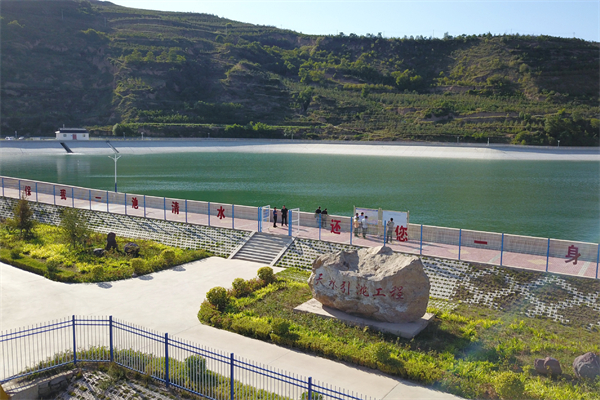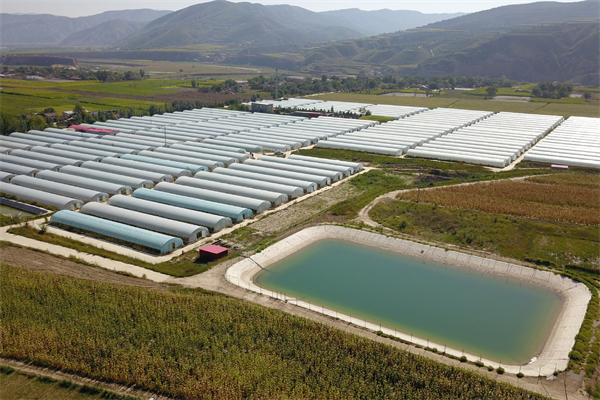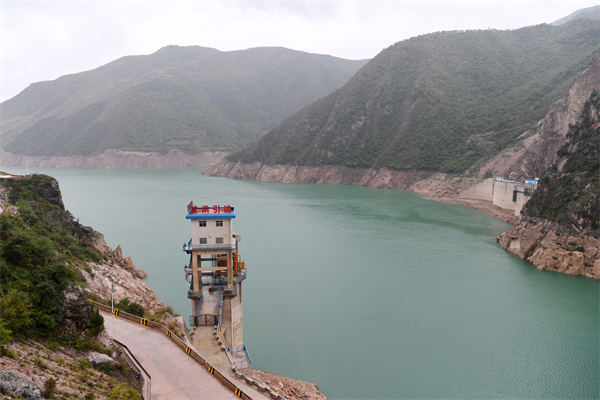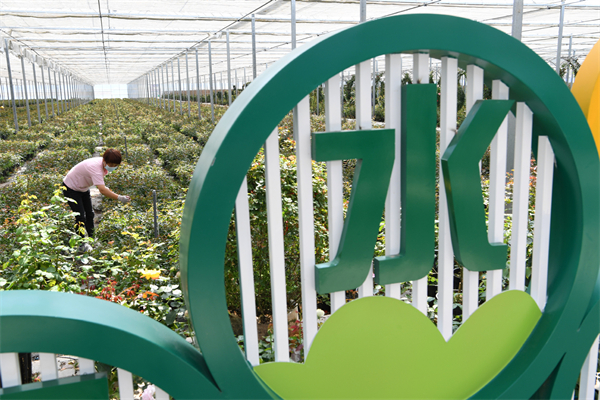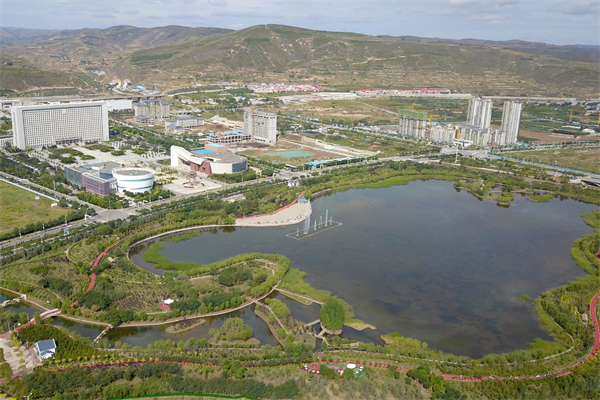
LANZHOU — A major water diversion project in Northwest China's Gansu province has been completed as the second phase of the project began supplying water on Sept 28.
The project is expected to alleviate water shortages for more than 6 million people in the province, local authorities said on Sept 28.
The project is designed to deliver an average of 550 million cubic meters of water every year from the Taohe River, a major tributary of the Yellow River, the country's second-longest, to cities and counties suffering severe water shortages in the central part of Gansu, through its nearly 1,070-km-long canals.
Construction of the project first started in 1958, but was suspended three years later due to a lack of funds and insufficient technology.
After close to half a century, the project restarted in 2006 and completed its first-phase construction in 2014. A total of 575 million cubic meters of water has been diverted from the Taohe River to central Gansu since then.
"It is one of the country's 172 major water conservation and supply projects, also the longest water diversion line with the largest investment in the province," said Zhu Jianhai, director of the provincial water resources department.
Statistics showed that the central region of Gansu, located on China's Loess Plateau, had long suffered the most severe droughts in the country, with the per capita water availability only one-third of the national average.
Water shortages also held back economic and social development in the region. Twelve out of 13 counties and districts that have benefited from the project were once poverty-stricken.
"It's like a dream come true," said 83-year-old Liu Fu, who participated in the old construction work and can now enjoy clean tap water in his kitchen. "From this day forward, our days of drinking bitter cellar water are over."
"Thanks to the hard work of several generations, the locals are now able to use clean water to irrigate their land, develop new industries and pursue high-quality development," said Zhu.
He added that the project is expected to play an important role in consolidating the achievements in poverty alleviation in the target areas and pushing forward rural vitalization.

